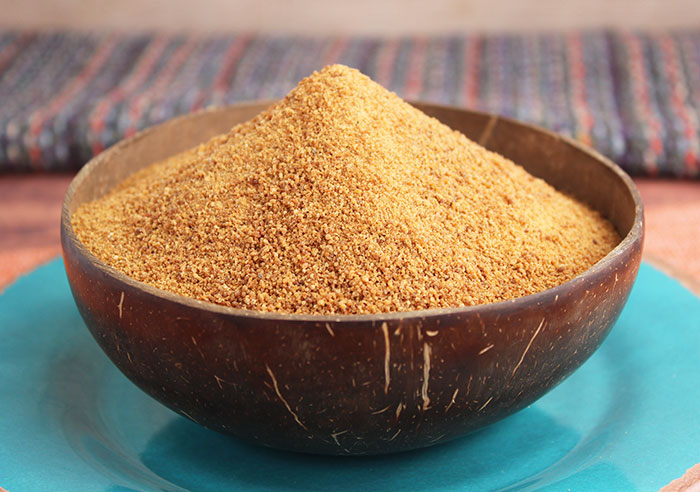Herbicides have a variety of benefits, including the ability to kill weeds without damaging crops. These chemicals kill weeds that look like crops, but are biologically different from crops. Therefore, they do not damage crops when applied to the right location. This makes herbicides an excellent choice for farmers who are concerned about weeds and want to maintain a healthy, productive crop.
Biological
Bioherbicides are natural compounds produced by certain organisms. They may be produced from bacteria, fungi, or other organisms. Unlike chemical herbicides, bioherbicides do not harm humans or the environment. In North America, these compounds have low toxicity, and they require only minimal restrictions on their use. These restrictions can include a four-hour re-entry interval, no-harvest requirements, and residue tolerance limits.
Biological herbicides have several benefits. First, they can be produced economically and have a long shelf life. Secondly, they are consistent in their effectiveness under field conditions. Biological herbicides contain plant pathogens that may present health risks to non-target organisms. These non-target organisms include animals, humans, and plants.
Chemical
Herbicides are a type of chemical that is used to control weeds and other vegetation. The first chemical herbicides were made in the late 1800s, and their use was widespread during the early 1900s. Today, a broad range of chemicals is available in the market for weed control.
Chemical herbicides are applied to the ground to kill weeds that compete with crops. They work by entering the plant via the leaves or stems, and travel through the sap to kill the entire plant. The rate at which these chemicals are absorbed depends on the soil and air temperature. They can also be toxic to wildlife.
In 2007, 83% of the world’s herbicides were used in agriculture. Pesticide sales reached $39.4 billion, with herbicides accounting for almost 40% of this total. Herbicides are widely used for a wide range of purposes, including the control of invasive species and the establishment of native vegetation in prairie ecosystems. Several of these chemicals are used in agriculture, including for clearing pasture systems and clearing conifer plantations after clear-cutting. They can also be used to kill undesirable aquatic vegetation.
Physical
Physical herbicides work by inhibiting the growth of undesirable vegetation. They are typically applied to foliage, and are especially useful for controlling annual grasses, corn, and soybeans. These compounds are also used in forest management and preparation of land for replanting. However, these types of herbicides have disadvantages, including a short-term effect and a tendency to cause adverse side effects.
Physical herbicides are typically formulated into thousands of commercial products. The composition of the active ingredients varies from country to country and is influenced by agricultural, economic, and regulatory constraints. Because of their structural associations, predicting the molecular site of action is a challenge.
Economic
The use of herbicides has a variety of uses, including forest management, agricultural operations, and urban development and maintenance. Forested areas are frequently treated with herbicides after harvest to control non-commercial trees and brush. They may also be added to irrigation water or sprayed directly on crops.
Using herbicides to prevent weeds from growing is an efficient way to reduce labor costs. The presence of weeds reduces the amount and quality of crops grown, increases the risk of disease and pest attacks, and wastes water. In addition, weeds reduce yield, and can reduce profits and increase costs of farming.
Herbicides can be dissolved in water or bound to sediments. The method by which they are applied influences their effects. Exposure can be continuous or episodic, and the amount of herbicides in a body of water is dependent on temperature, pH, dissolved oxygen levels, and other environmental factors.
Environmental
Herbicides can alter the structure and function of aquatic ecosystems. Herbicides can reduce the abundance of aquatic vegetation and change the relative abundance of invertebrates. Herbicides can change the bioavailability of plant nutrients. These changes may affect a wide range of biological processes, including growth, reproduction, mortality, and differentiation.
To assess herbicide effects, observe the vegetation on treated areas. If plants are dead, chlorotic, or necrotic, they are likely exposed to toxic levels of herbicide. Herbicides may also be transported into streams through runoff or groundwater. The extent of transport is dependent on several factors, including land cover, precipitation patterns, and the timing and rate of herbicide application.
Broad-spectrum herbicides are commonly applied to crops and other vegetation. Broad-spectrum herbicides contain chemicals that disrupt plant growth and reproduction. Even the smallest amount of a broad-spectrum herbicide is toxic to plants. The chemical’s toxicity can interfere with the life cycle of native plants, reducing crop yields and reducing the development of fruit on trees and shrubs.



